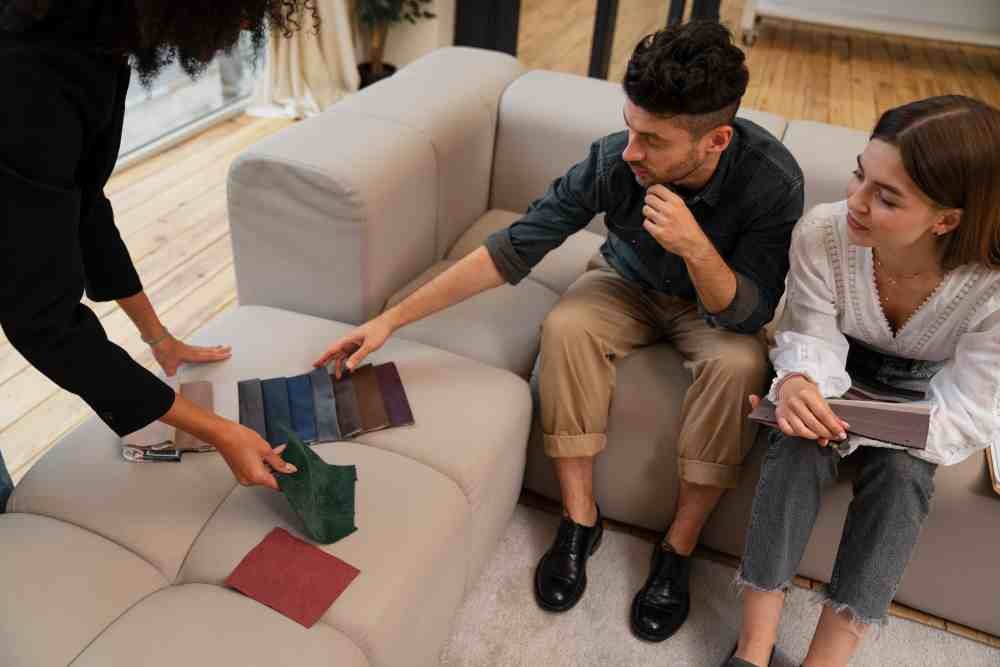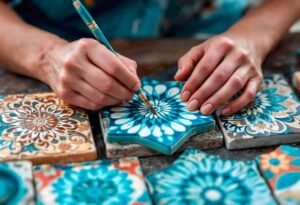Ever bought a sofa that looked perfect in the shop—then sagged and faded within two years? Nothing stings like watching your “perfect” sofa fall apart after only a few years. Beyond wasted money, there’s the frustration of shopping again, another piece heading to landfill, and that nagging sense you should’ve known better. Timeless means loving a piece ten years in—not just the day you buy it.
Building a quality home doesn’t require unlimited funds or design credentials. Whether you’re at ShopHomeStyles or digging through vintage finds, trust your eye for quality. This isn’t just furniture shopping—it’s about building a collection edited carefully and intentionally. Here’s how to spot pieces that last.
Understanding What Makes Furniture “Timeless”
Beyond Trends and Fads
Timeless furniture isn’t whatever’s viral on TikTok this month or featured in every influencer’s flat. It’s not about grabbing clearance items or copying Pinterest boards. Picture pieces you won’t regret in five years—furniture that moves with you, adapts as your life changes, and works across different homes and styles.
There are three aspects of long-lasting furniture. Oak ages well. It picks up character over time. Particle board, however, will chip and warp in only a few years. Traditional proportions such as those of an easy armchair or plain dresser can be blended with contemporary, rustic, bohemian or Scandinavian aesthetics. A neutral base is never dull. It’s adaptable. A warm grey linen sofa can anchor a room, whether you’re mixing in rattan textures or sleek metal accents.
Take a powder-coated steel frame. Feels industrial at first glance, right? Add some soft textile; your neutral colour is a comfy bohemian corner. A great oak dining table can fit in a clean-lined Scandinavian flat as much as in a rustic farmhouse kitchen. The table didn’t change—everything around it did.
Prioritising Your Furniture Investments
Room-by-Room Selection Strategy
Begin with your living room, where comfort meets how you live. A good sofa anchors the room. Add a coffee table, perhaps 16 to 18 inches high, and two accent chairs. Things can be easily changed when you want to change the atmosphere.
Bedrooms demand different priorities. Invest in a solid bed frame that supports your sleep and aesthetic. Mattresses matter, obviously, but don’t overthink the frame here. Dressers should glide smoothly and resist wear—avoid flimsy drawers that stick after a few months. Nightstands offer your chance to show personality without overspending.
Dining areas deserve serious consideration. A solid wood table can become an heirloom, especially if it extends for guests. Chairs must be comfortable enough for long meals. Mixing styles? Absolutely fine. Just keep quality consistent across all seating.
Multi-purpose furniture shines in flexible areas—home offices, playrooms, anywhere that needs to do more. Configurable folding desks, storage ottomans, and shelves help. Families with young children or two-person households that are downsizing find it most beneficial to have furniture that can be adjusted instead of remaining fixed.
You don’t need to spend evenly. Put most of your budget—maybe 60%—into the basics. Around 30% can go to extras. Save the last 10% for the fun stuff that makes the room pop. There’s absolutely no requirement to furnish everything simultaneously.
The Visual Language of Timelessness
Recognising Design Elements That Age Well
Any classic design starts with shape. Clean lines last longer than ornate details, but that doesn’t mean you should skip embellishments. Curves or carved accents hold up well when used thoughtfully. Avoid pieces that feel overly bulky or uncomfortably fragile. Let furniture breathe. Empty space matters.
Colour and finish carry equal weight. Neutral doesn’t mean beige. Experiment with warm whites, light grey or walnut and oak wood. Jewel-tone upholstery is also durable if the fabric is of high quality. Matte surfaces wear out—fingerprints and scratches become more numerous on matte than on glossy surfaces. Distressed wood looks aged on purpose—not just worn from use.
Texture and pattern create depth without overwhelming. Mix linen with leather, wool, and jute. Small geometric patterns generally outlast large florals that date themselves quickly. Natural textures feel grounded and rarely fall out of favour.
Style mixing succeeds when done thoughtfully. A sleek Scandinavian chair beside a reclaimed rustic table? Beautiful. A bohemian rug layered under a modern sofa? Inviting. Just sidestep extremes—ultra-glossy surfaces, clashing neon palettes, anything screaming “2024.” Think of well-worn leather jackets improving with age. That’s your target.
Making Your Investments Last
Caring for Quality Pieces
Wood lasts longer when it’s kept out of direct sun and conditioned now and then. Keep humidity steady. Cleaning of upholstery after every few years increases the life of upholstery. Metal will not rust easily when wiped dry, and abrasives must not be applied to powder-coated finishes.
Use furniture pads under everything on wood floors. Coasters under drinks. Placemats under plates. It’s unglamorous advice, but it’s the difference between furniture maintaining value and looking worn in five years. Tighten hardware annually. Turn cushions and carpets every quarter to maintain even wear.
Reupholstering good sofas is cheaper than purchasing new ones, and the well-built frames can be used for another ten years. Refinishing solid wood transforms pieces while preserving superior construction. When frames are solid, restoration almost always makes sense.
The Art of Patient Curation
Building Your Collection Over Time
Start by identifying your foundation five: bed, sofa, dining table with chairs, and clothing storage. Everything else can wait. There’s no shame in temporary solutions whilst you save for quality investments.
Thoughtful purchasing beats impulse buying. When you know construction details, you’ll spot quality at estate sales where families sell solid furniture for fractions of retail. Vintage shops often have better-built pieces than today’s mass-market stuff. Make a quick list: “solid wood table, seats six or eight, clean lines, under £800.”
Your style will refine over time, and timeless pieces adapt beautifully. Swap colourful bohemian textiles for neutral Scandinavian ones whilst keeping that quality oak dresser. You might sell pieces that no longer serve you. Curating means editing, and editing strengthens collections.
Conclusion
Quality furnishings aren’t about spending more. They’re about choosing better. Understanding materials, construction, and design versatility helps you build a home that adapts with you rather than against you.
This week, inspect one piece of furniture in your home. Really look at it. Check seams, feel the weight, ask yourself if it’s built to stay. That small habit sharpens your eye for every future purchase.
Timeless homes aren’t assembled overnight. They’re curated with intention and lived in with pride. The best pieces don’t just fill rooms—they tell your story.
Style fades. Substance stays. Choose what lasts.







